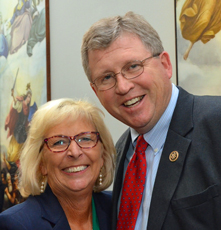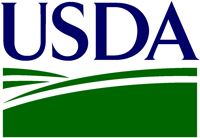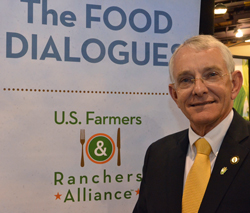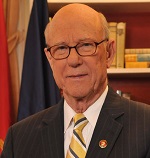Representatives of agricultural organizations unanimously condemned the proposed Waters of the United States (WOTUS) rule during a hearing held Tuesday by the House Subcommittee on Conservation and Forestry.
American Farm Bureau Federation General Counsel Ellen Steen told the panel that “unless dramatically altered,” the rule will create enormous uncertainty and vulnerability for farmers and ranchers nationwide.
“It is impossible to know how many farmers, ranchers and forest landowners will be visited by [EPA] enforcement staff or will be sued by citizen plaintiffs’ lawyers—and it is impossible to know when those inspections and lawsuits will happen,” Steen said. “But what is certain is that a vast number of common, responsible farming, ranching and forestry practices that occur today without the need for a federal permit would be highly vulnerable to Clean Water Act enforcement under this rule.”
National Cotton Council (NCC) Chairman Sledge Taylor of Mississippi said the rule “creates confusion and risk by providing the EPA and the Corps of Engineers with almost unlimited authority to regulate, at their discretion, any low spot where rainwater collects, including common farm ditches, non-permanent drainages and agricultural ponds in and near farms across the nation.”
Taylor, who also grows corn, soybeans, sorghum and peanuts, stressed that if the agencies make significant changes to the rule it is important that the revised rule be released again for public comment.
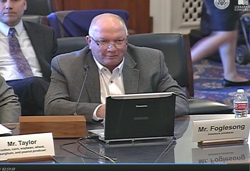 National Cattlemen’s Beef Association Past President Steve Fogelsong of Illinois testified that Congress should act in order to prevent the rule from being finalized.
National Cattlemen’s Beef Association Past President Steve Fogelsong of Illinois testified that Congress should act in order to prevent the rule from being finalized.
“Let’s be clear – everyone wants clean water,” said Fogelsong. “But, expanding the federal regulatory reach of the EPA and Army Corp does not equal clean water. After reading the proposed rule, I can say that only one thing is clear, the proposed rule and its definitions are ambiguous.”
Using aerial photos, Fogelsong pointed out places where tributaries to the Illinois River run through his property. “I don’t see the EPA or the Corps on any mortgage that I’ve got that says they’ve got jurisdiction there,” said Fogelsong.
Listen to the testimony of these three witnesses at the hearing, as well as Jonathan Gledhill on behalf of the Waters Advocacy Coalition and Russ Biggica with the Pennsylvania Rural Electric Association: House Ag Subcommittee hearing testimony on WOTUS
Next week, the full Senate Agriculture Committee on Agriculture will hold a hearing on WOTUS, 10:00 am, Tuesday, March 24.


